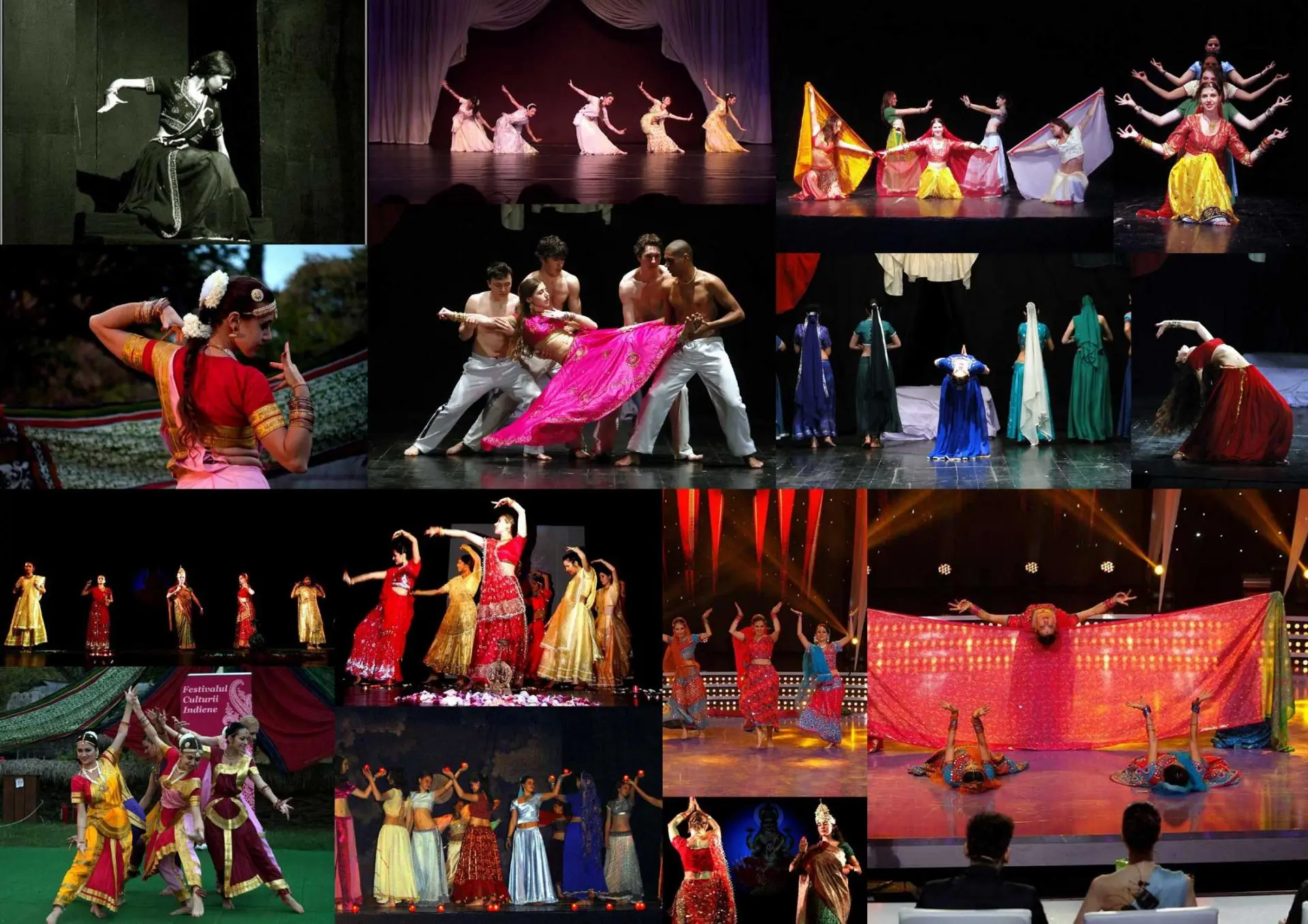
漢德百科全書 | 汉德百科全书

Awa Odori (japanisch 阿波おどり ‚Awa-Tanz‘) bezeichnet einen Bon Odori – traditionellen japanischen Tanz zum Obon-Fest – aus der Präfektur Tokushima (historisch Provinz Awa). Der Tanz zeichnet sich sowohl durch seine unregelmäßigen Schritte als auch seinen unterschiedlichen Tanzstil für Männer und Frauen aus.
阿波舞(日语:阿波踊り、阿波おどり、あわおどり)是起源于日本德岛县(令制国时代为阿波国)的一种盆舞,以三味线、太鼓、钲鼓、篠笛以二拍子节奏伴奏,搭配舞蹈者的声音及手部动作的集体舞蹈,但其并没有特别固定的模式,相当随兴[1]。

Die Hüfttrommel (chin. 腰鼓, yāogǔ) ist ein Schlaginstrument (Membranophon) mit einem zylindrischen oder fassförmigen Korpus. Die Länge beträgt gewöhnlich ca. 35 cm, beide Seiten sind mit Trommelfellen bespannt. Am Korpus befinden sich zwei Metallringe, damit wird sie am Gürtel befestigt, sie hängt an der Hüfte. Sie wird mit in beiden Händen gehaltenen Holzschlägeln angeschlagen, es wird dazu getanzt.








Kabuki (japanisch 歌舞伎 „Gesang und Tanz“) ist das traditionelle japanische Theater des Bürgertums der Edo-Zeit. Es besteht aus Gesang, Pantomime und Tanz. Kabuki ist eine im Wesentlichen säkulare Kunstform und etwas weniger formell als das ältere, vom Buddhismus geprägte Nō-Theater der Samurai. Kabuki wurde im Jahr 2005 in die UNESCO-Liste der Meisterwerke des mündlichen und immateriellen Erbes der Menschheit aufgenommen.

 Qinghai Sheng-QH
Qinghai Sheng-QH
 Sichuan Sheng-SC
Sichuan Sheng-SC

 Dances
Dances

 Dances
Dances
 Asian Dances
Asian Dances

 Dances
Dances
 Folk dances
Folk dances

 Vacation and Travel
Vacation and Travel
 Folk music
Folk music
 Xizang Zizhiqu-XZ
Xizang Zizhiqu-XZ
 Yunnan Sheng-YN
Yunnan Sheng-YN

Guozhuo ist ein chinesischer tibetischer Volkstanz, der vor allem in Tibet sowie in tibetischen Siedlungen in Sichuan, Qinghai, Gansu und Yunnan beliebt ist.
昌都锅庄舞 西藏 民间舞蹈 西藏自治区 列入第一批国家级非物质文化遗产扩展名录 2006年
迪庆锅庄舞 迪庆 民间舞蹈 云南省迪庆藏族自治州 列入第一批国家级非物质文化遗产扩展名录 2006年
玉树卓舞 玉树藏族自治州 民间舞蹈 青海省玉树藏族自治州 列入第一批国家级非物质文化遗产扩展名录 2006年
锅庄舞 甘肃 民间舞蹈 甘南州 列入第一批国家级非物质文化遗产扩展名录 2006年
锅庄舞之乡 云南 民俗 香格里拉县 列入第一批国家级非物质文化遗产扩展名录 2006年

 Spring Festival
Spring Festival
 Traditions
Traditions
 Music charts
Music charts